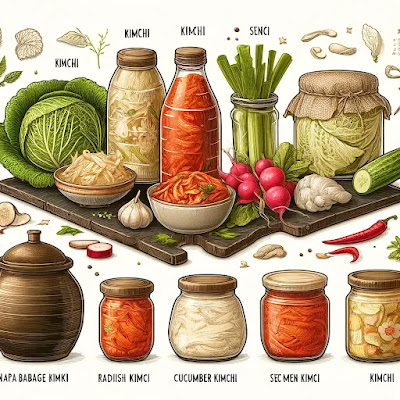실물 자산 투자로 안전한 자산 보존하기

실물 자산 투자는 그동안 많은 투자자들에게 안정적인 수익을 안겨준 전통적인 투자 방식입니다. 금융 시장의 변동성이 커지고 디지털 자산의 위험이 증가함에 따라, 실물 자산에 대한 관심이 더욱 높아지고 있습니다. 본 글에서는 실물 자산 투자에 대해 알아보고, 금, 백금과 같은 주요 자산의 특징을 살펴보며, 어떻게 이들이 안전한 자산 보존 방법이 될 수 있는지에 대해 논의하겠습니다. 실물 자산 투자란 무엇인가? 실물 자산 투자는 금, 은, 백금, 원자재 등의 물리적 자산에 투자하는 것을 의미합니다. 이러한 자산들은 본질적으로 가치를 지니고 있으며, 시간이 지나도 그 가치가 유지되거나 증가하는 경향이 있습니다. 특히 금융 시장의 불확실성이 커질 때, 많은 투자자들이 실물 자산으로 눈을 돌리게 되는데, 이는 다음과 같은 몇 가지 이유 때문입니다. 가치 저장 수단 : 실물 자산은 가치 저장 수단으로 오랫동안 사용되어 왔습니다. 예를 들어, 금은 고대부터 현재까지 인류의 신뢰를 받아온 자산입니다. 이러한 자산들은 인플레이션이나 통화 가치 하락의 영향을 받지 않고, 상대적으로 안정적인 가치를 유지합니다. 희소성 : 많은 실물 자산, 특히 귀금속은 자연에서 추출할 수 있는 양이 제한적입니다. 이러한 희소성은 시간이 지남에 따라 자산의 가치를 높이는 요인이 됩니다. 산업적 활용 : 일부 실물 자산은 산업적으로도 활용됩니다. 예를 들어, 백금은 자동차의 촉매 변환기와 같은 다양한 산업에서 필수적으로 사용되며, 이러한 수요는 자산의 가치를 더욱 높입니다. 아래의 표는 주요 실물 자산과 그 특징을 비교한 것입니다. 자산 종류 특징 가치 저장 수단 산업적 활용 금 고대부터 현재까지 사용됨 매우 높음 낮음 은 반짝이는 외관과 전도성 높음 중간 백금 희소성과 내구성 매우 높음 매우 높음 원자재 다양한 종류가 존재 중간 높음 다른 내용도 보러가기 #1 금 전통적인 가치 저장 수단 금은 오랜 역...
.webp)
.webp)

